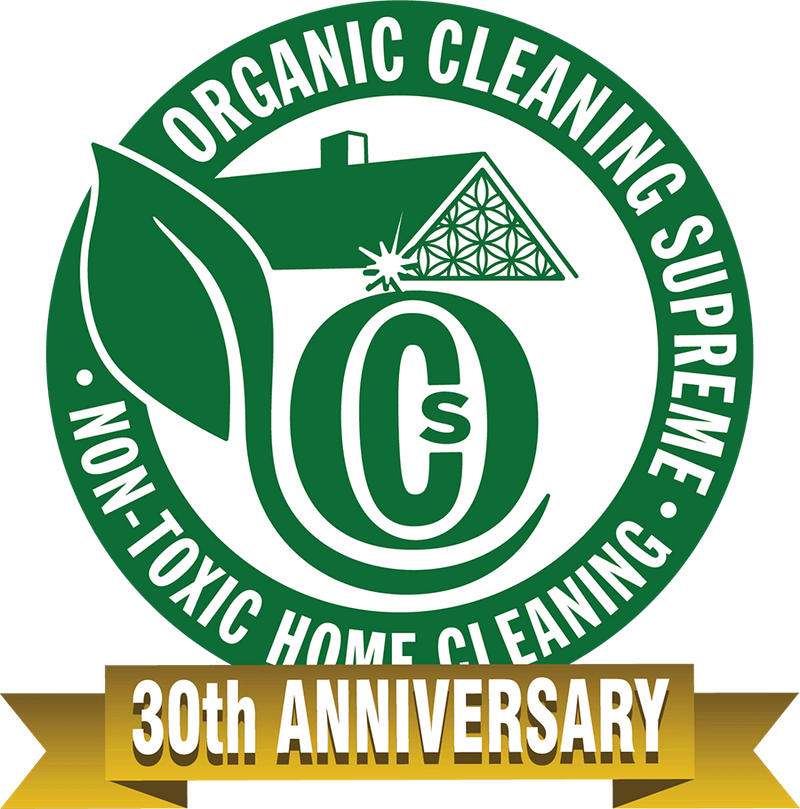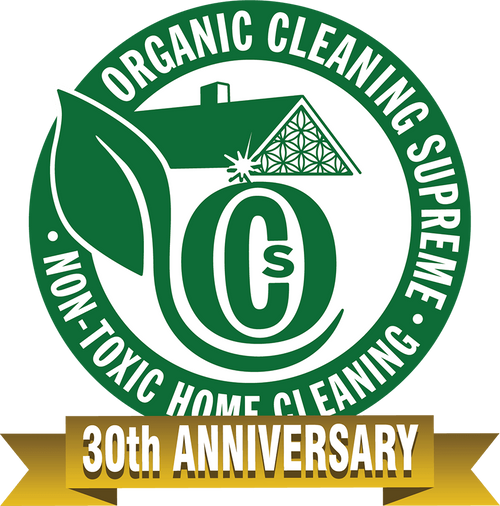Organic Cleaning Supreme
ECO-FRIENDLY, ORGANIC & NON-TOXIC DEEP HOUSE CLEANING IN MARIN COUNTY AND PETALUMA

Marin County Loves Us
Marin County Loves Us
Marin County Loves Us
Marin County Loves Us
Marin County Loves Us
Marin County Loves Us
Marin County Loves Us
Marin County Loves Us
Marin County Loves Us
Marin County Loves Us
Details Matter
Our clients enjoy the assurance of having a clean home without having to be concerned about toxic residues.

Testimonials
Cleaning 4 Kids Nonprofit
When you choose Organic Cleaning Supreme you help children undergoing cancer treatment. For every 10 cleanings OCS does, we donate one cleaning to cleaning4kids.org. A free monthly non-toxic housecleaning service for Marin families fighting childhood cancer.

Organic Cleaning Supreme was the first green house cleaning and maid service in Marin County. For deep cleaning and grout cleaning services, we also use high-heat steamers with dry steam to eliminate 99.99% of harmful bacteria, and that can thrive in bathrooms, along window tracks, and in other humid areas.
As always, we provide organic, chemical-free house cleaning, which is safe for the environment, safe for you, and for the health of those you love.
Call today to learn more about how our green cleaning service can improve your family’s home environment.


